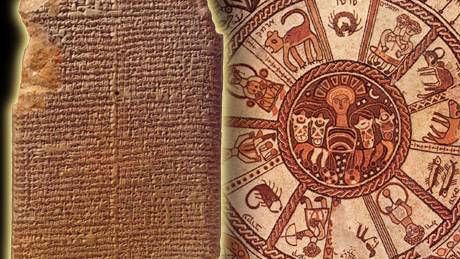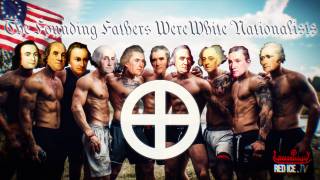Fathers of the zodiac tracked down
Source: nature.com

The MUL.APIN tablets record the dates that constellations appeared in the Assyrian sky. R. D. Flavin
Using modern techniques — and some rocks — a US astronomer has traced the origin of a set of ancient clay tablets to a precise date and place. The tablets show constellations thought to be precursors of the present-day zodiac.
The tablets, known collectively as MUL.APIN, contain nearly 200 astronomical observations, including measurements related to several constellations. They are written in cuneiform, a Middle-Eastern script that is one of the oldest known forms of writing, and were made in Babylon around 687 BC.
But most archaeologists believe that the tablets are transcriptions of much earlier observations made by Assyrian astronomers. Just how much older has been disputed — the estimates go back to 2,300 BC.
Now Brad Schaefer, an astronomer at Louisiana State University in Baton Rouge, says he has dated the observations to 1,370 BC, give or take a century.
The tablets contain a number of different observations, including the day each year that certain constellations first appeared in the dawn sky. These dates change over the millennia because of a tiny wobble in the Earth's axis.
"It's like a big hour hand in the sky," Schaefer says.
By studying these dates and other astronomical information, such as the dates certain constellations were directly overhead, Schaefer nailed down the year the measurements were taken.
He also worked out that the ancient observers lived within roughly 100 kilometres of 35.1° N — an area that includes the ancient Assyrian cities of Ninova and Asur. The results were presented at the American Astronomical Society's summer meeting in Honolulu, Hawaii.
Star gazing
To double-check his measurements, Schaefer did his own observations at the McDonald Observatory in the Davis Mountains of Texas. Rather than using the observatory's massive 9.2-metre telescope, he stood outside and gazed at the stars. "The best equipment I used was rocks to mark where my feet were," he says.
Nevertheless, these measurements allowed him to pinpoint his own position and date more precisely than he could those of the Assyrian astronomers. He is not sure why his measurements worked better.
Schaefer's work will help settle a long-standing debate, says Hermann Hunger, an Assyriologist at the University of Vienna in Austria. Previously, historians had based their arguments on single stars or constellations on the tablets.
Schaefer's statistical analysis of all the observations on the tablets "will impress historians who cannot do the same on their own — including myself", Hunger says. He adds that most historians have settled on a rough date of 1,000 BC for the tablets, which agrees well with Schaefer's analysis.
Article from: http://www.nature.com/news/2007/070528/full/070528-11.html






















